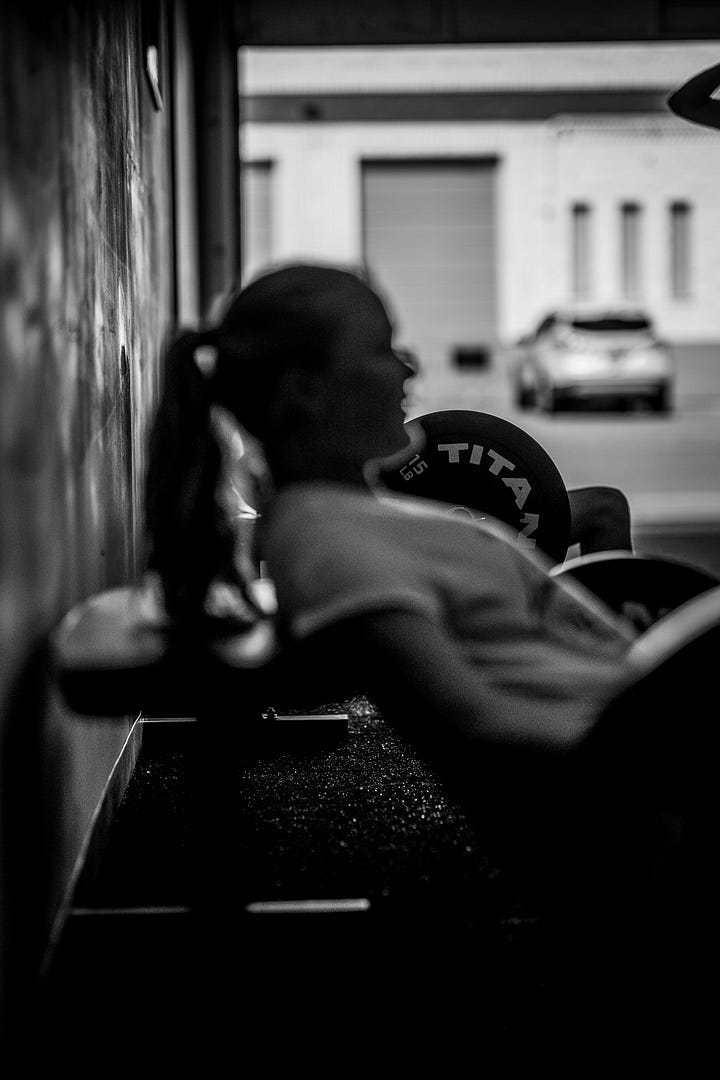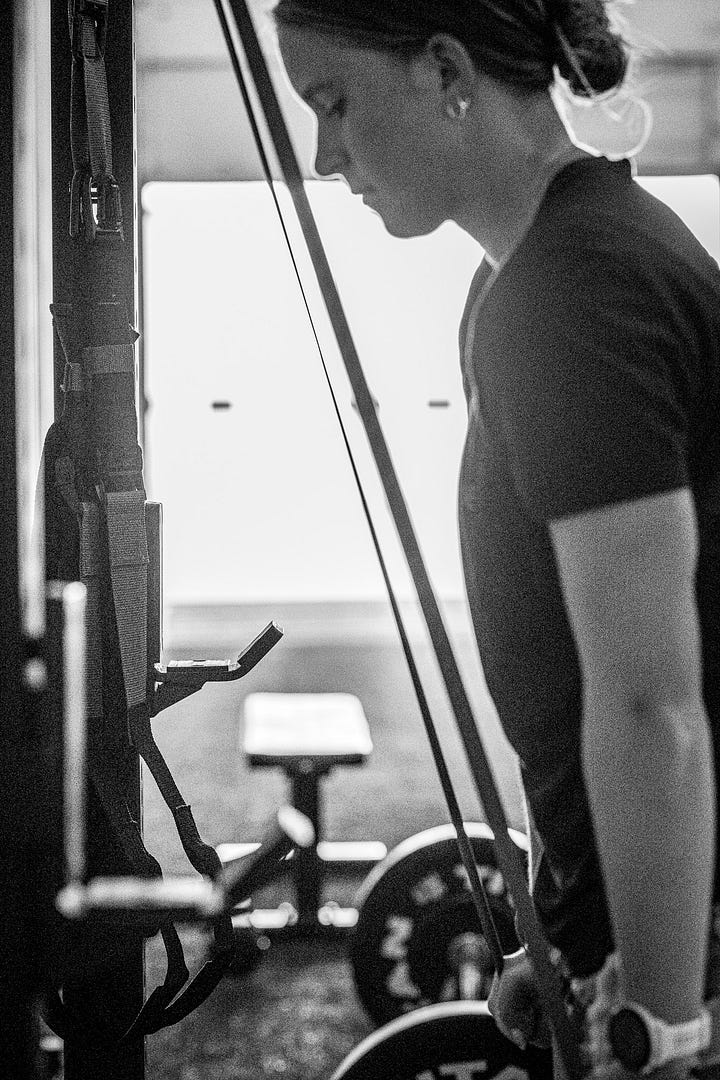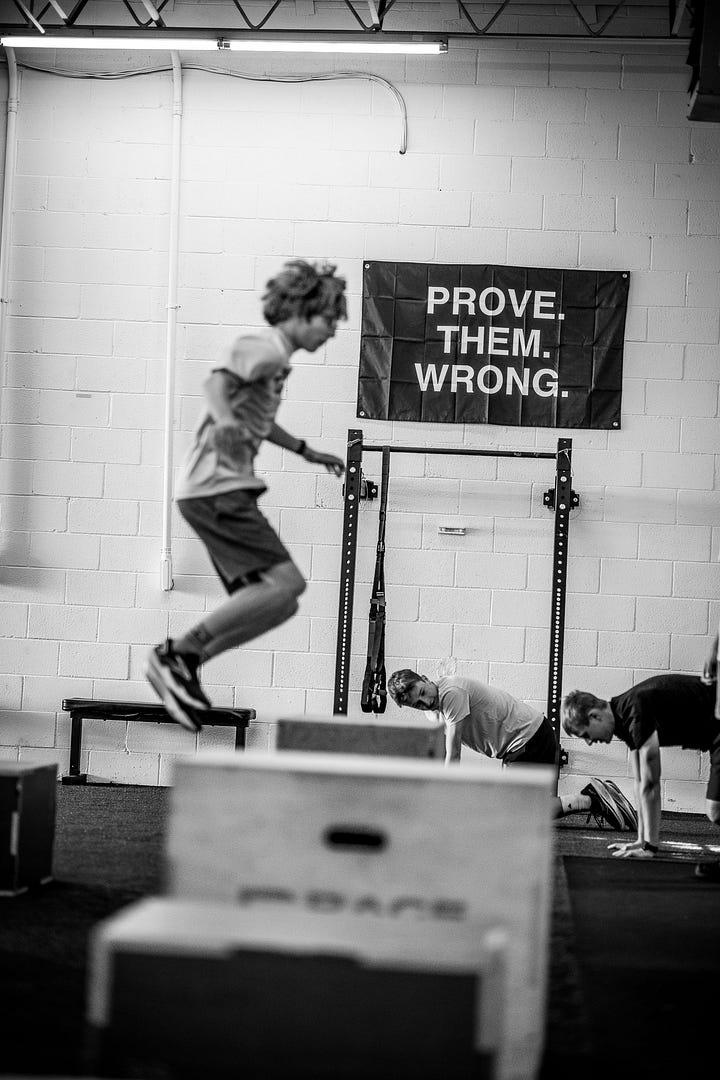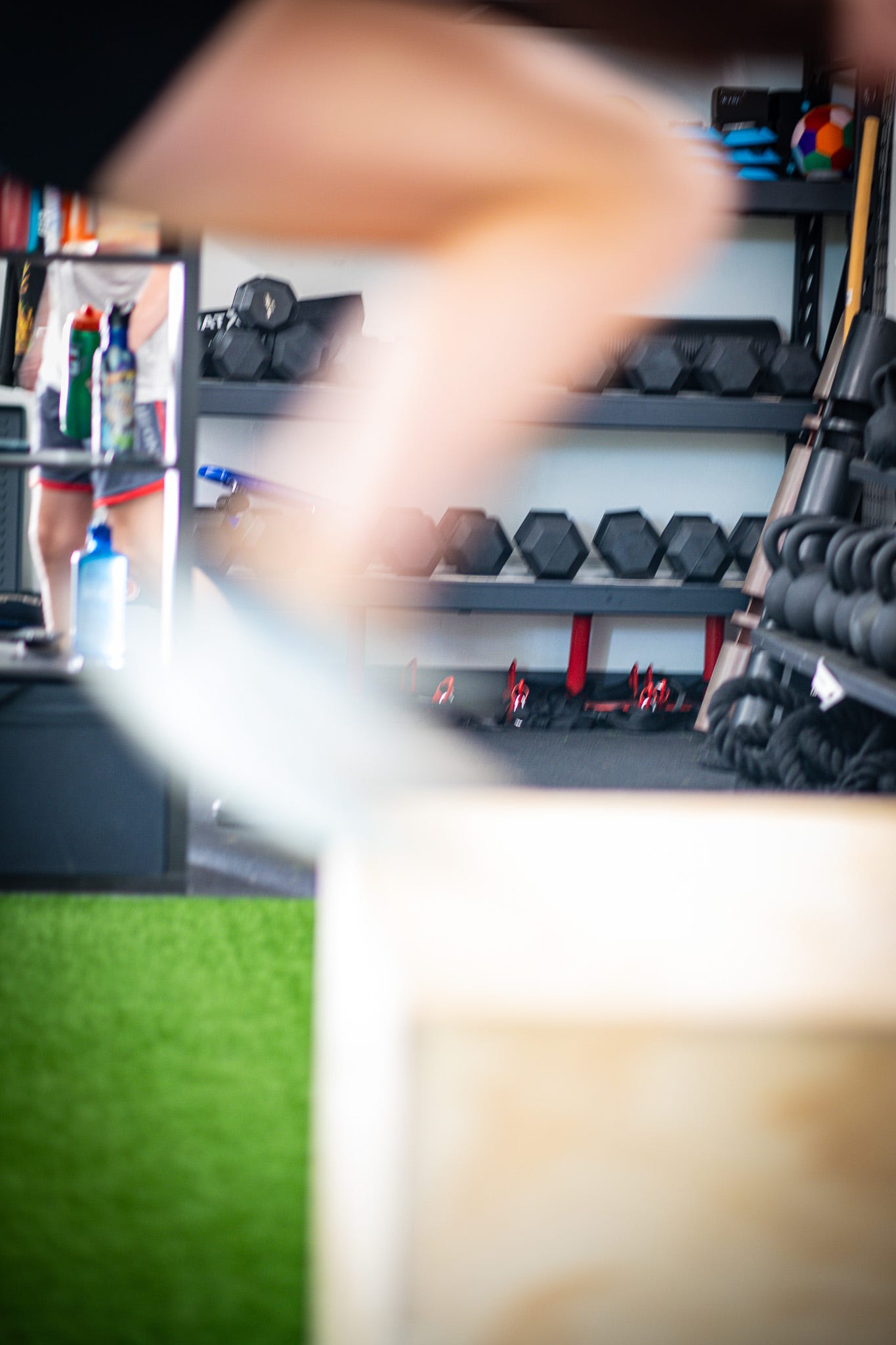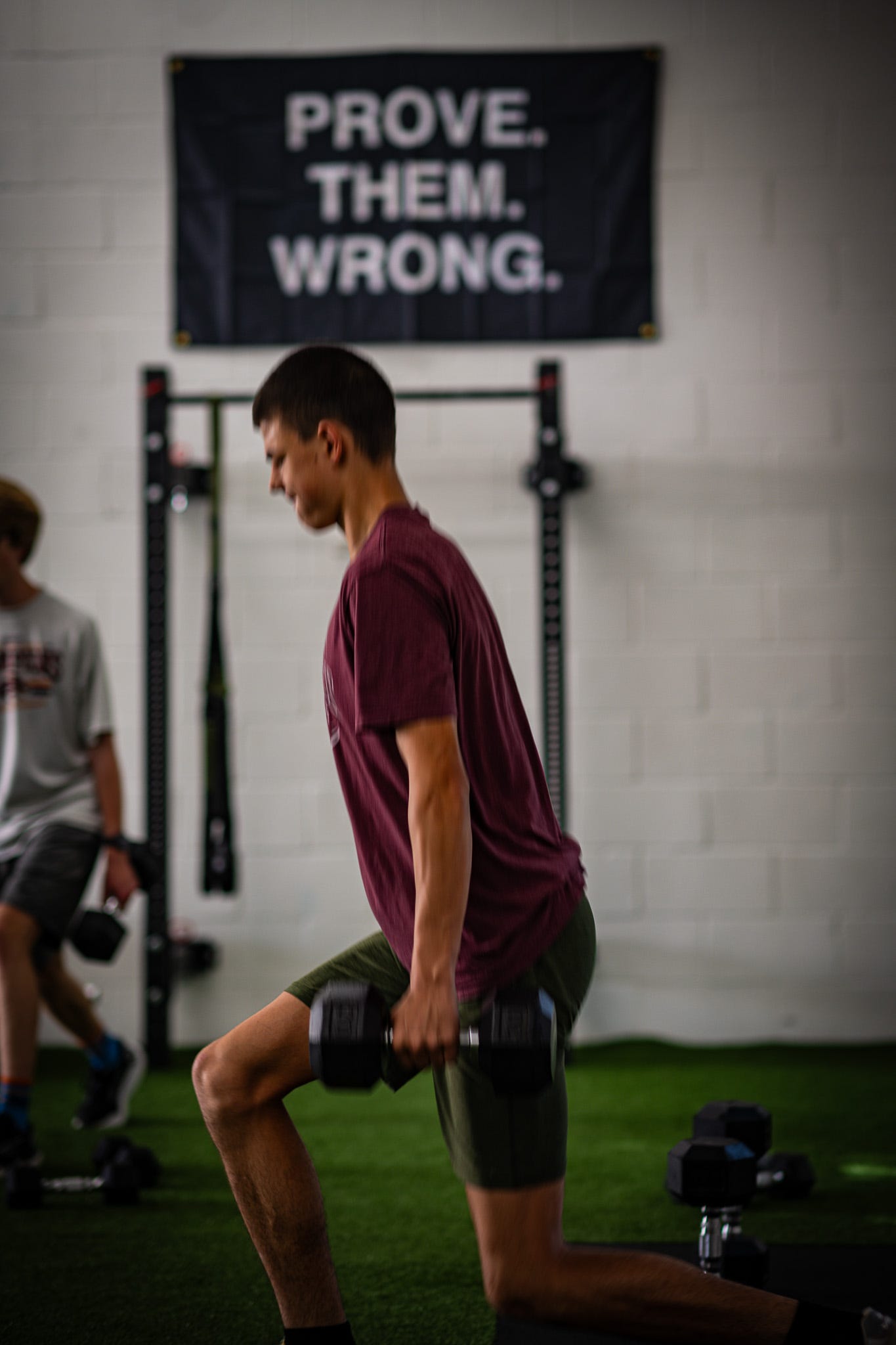Still Skipping the Gym? Here’s Why Your Competition Isn’t
Too often, outdated thinking leads to missed opportunities, preventable injuries, or even burnout.
4 Major Misconceptions About Strength Training for High School Distance Runners
Strength training has long been misunderstood in the world of high school distance running. Too often, outdated thinking leads to missed opportunities, preventable injuries, or even burnout. Let’s tackle four of the most common myths - and how I approach training differently.
Misconception #1: Strength Training Makes Runners “Too Bulky”
What people believe:
Lifting weights will slow runners down by adding unnecessary muscle mass.
How we train differently:
I focus on relative strength, muscular control, and coordination
We build athletes who move better, not bigger. My programming emphasizes movement quality, speed, and tendon durability using bodyweight, resistance bands, and controlled weight training progressions
Misconception #2: You Should Only Lift in the Offseason
What people believe:
Strength training is only useful during the base phase, then should stop once racing begins.
How I train differently:
We strength train year-round with periodized loads. During the season, we shift our focus to areas that matter most - lateral hip strength, core strength/ core control, with a greater emphasis on weight based mobility.
In-season strength work is not optional—it's key to maintaining performance and reducing the risk of injury as training intensifies.
Athletes that only lift in-season can plateau or drop-off within 4-6 weeks of stopping a 2x/ week strength training program because it was core to their improvement.
Misconception #3: Lifting is Dangerous for Young Athletes
What people believe:
Teenagers shouldn’t lift because it could damage growth plates or lead to injuries.
How I train differently:
I teach foundational movement patterns first—adding resistance only when form and control are consistent.
The bigger risk is not preparing athletes at all. Poor movement quality and overuse injuries are more common in runners who lack basic strength.
Misconception #4: Distance Runners Don’t Need to Be “Strong”
What people believe:
Runners just need to run—their sport doesn’t demand strength the way sprinting or field sports do.
How I train differently:
Running is a repetitive series of one-leg bounds. Force production, balance, and control are essential for stride efficiency and ground contact time.
Strong hips, hamstrings, and glutes are what keep runners healthy. We build posterior chain and lateral stability to reduce shin splints, IT band issues, and lower back strain.
Final Thoughts
Most high school distance runners don’t need more volume—they need more capacity. That means building a body that can handle the training, not just survive it. HS Runners are getting faster - to be competitive, you need to be
Want More?
If you coach or run at the high school level and want a deeper dive into how I structure strength work throughout a season, I’ll be sharing full sample progressions, movement sequences, and in-season adaptations in future newsletters.
What’s your biggest question or concern about strength training for runners?
Reply to this post or send me a message. I read every one.
